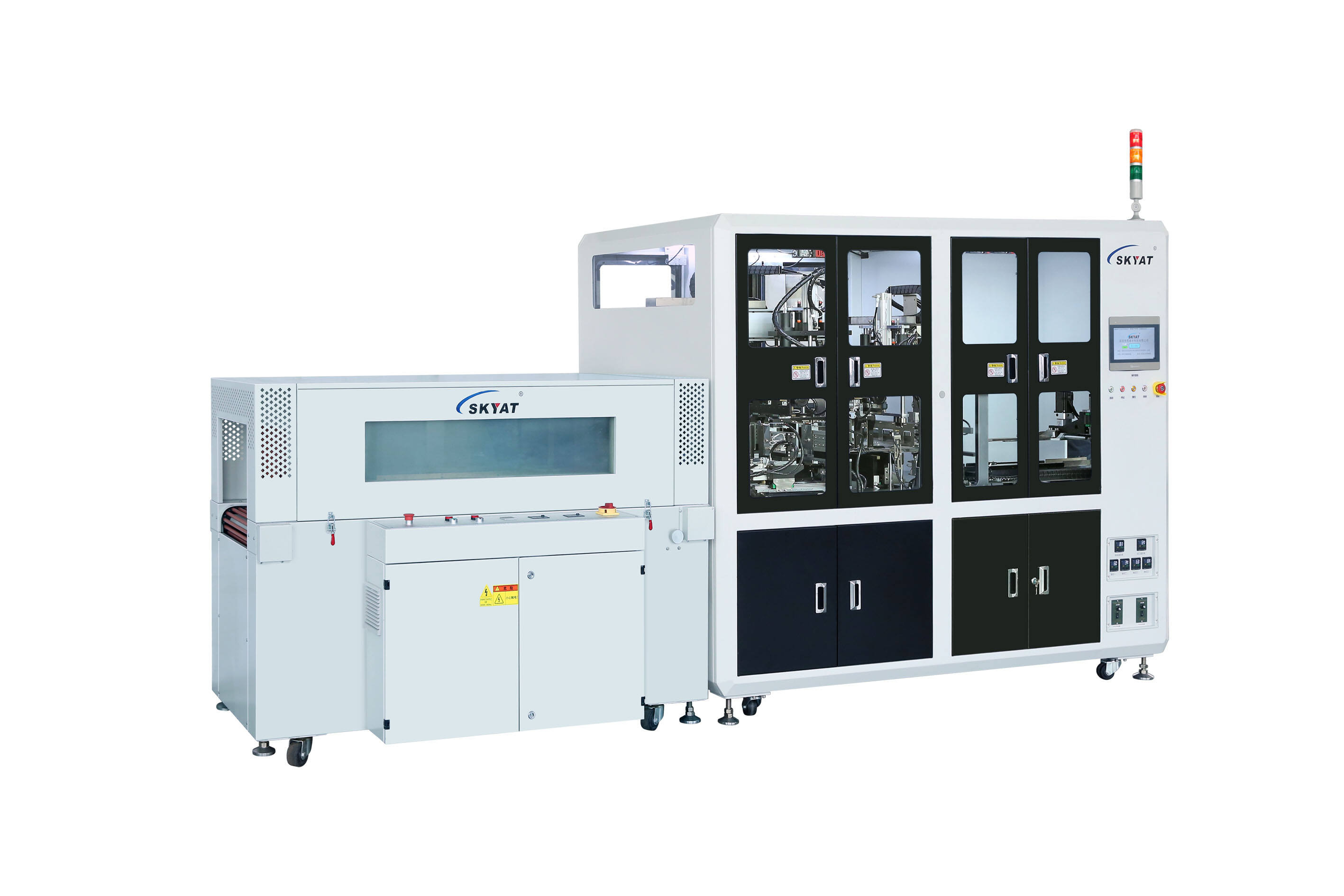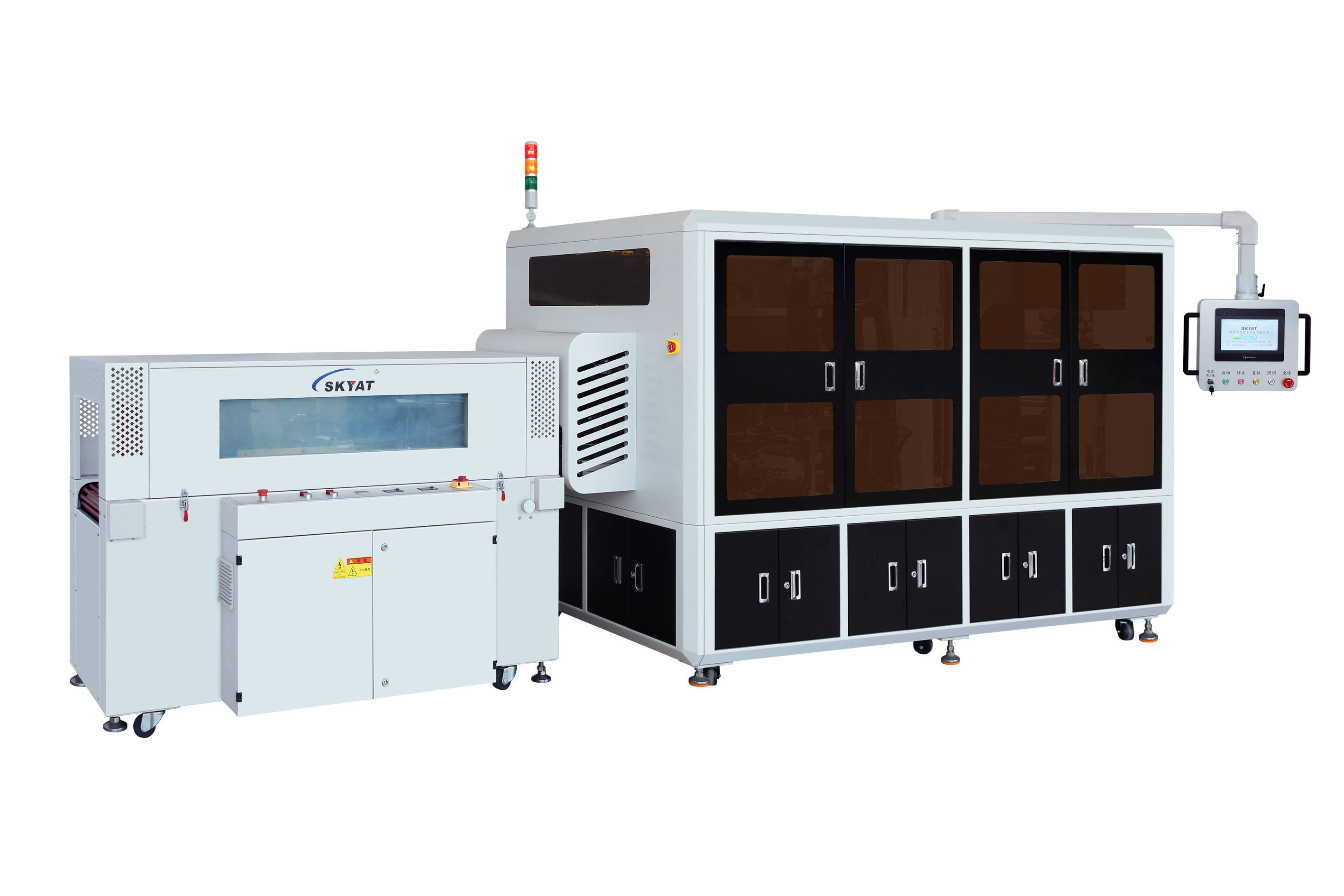The debate between manual shrink wrapping and automatic solutions centers on their suitability for different operational scales, budgets, and industry needs. Manual shrink wrapping relies on human labor for every step, from placing products on film to applying heat with a gun or small tunnel. It’s a cost-effective entry point for small businesses, such as boutique cosmetics brands or artisanal tea producers, with low upfront costs typically \500-\5,000. However, its limitations become evident in scaling: manual processes top out at 5-20 items per minute, and labor expenses mount—one operator per station is needed, making it impractical for high-volume production like smart electronics manufacturing. Inconsistency is another drawback; wraps vary in tightness and appearance based on operator skill, risking damage to delicate items like drone components or pharmaceutical vials. Automatic solutions, by contrast, leverage technology to automate film feeding, sealing, and shrinking, with fully automatic systems adding robotic loading and sensor-driven adjustments. They handle 100-300+ items per minute, making them indispensable for automotive parts plants, new energy component facilities, and large-scale game console production. While upfront costs are higher \30,000-\200,000+, long-term savings are significant: labor costs drop by 70%+, and film waste decreases by 20-30% due to precise cutting. Automatic systems also ensure uniformity, critical for industries like steel manufacturing where consistent protection during transit prevents costly damage. The choice hinges on volume and growth: manual for small, flexible operations; automatic for large-scale, standardized needs. Semi-automatic machines \5,000-\30,000 offer a middle ground, ideal for medium-volume sectors like healthcare products manufacturing, balancing automation with operator oversight.




Copyright © 2025 By Skyat Limited. - Privacy policy